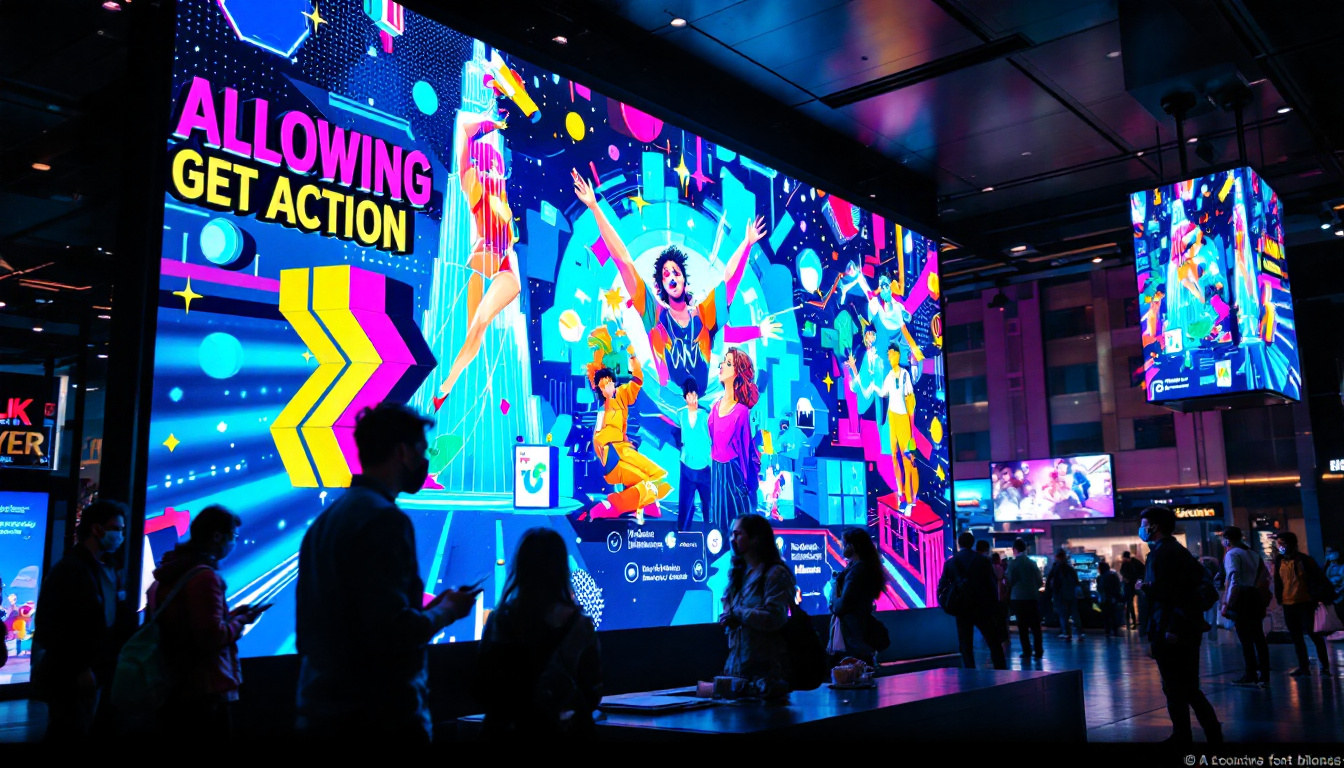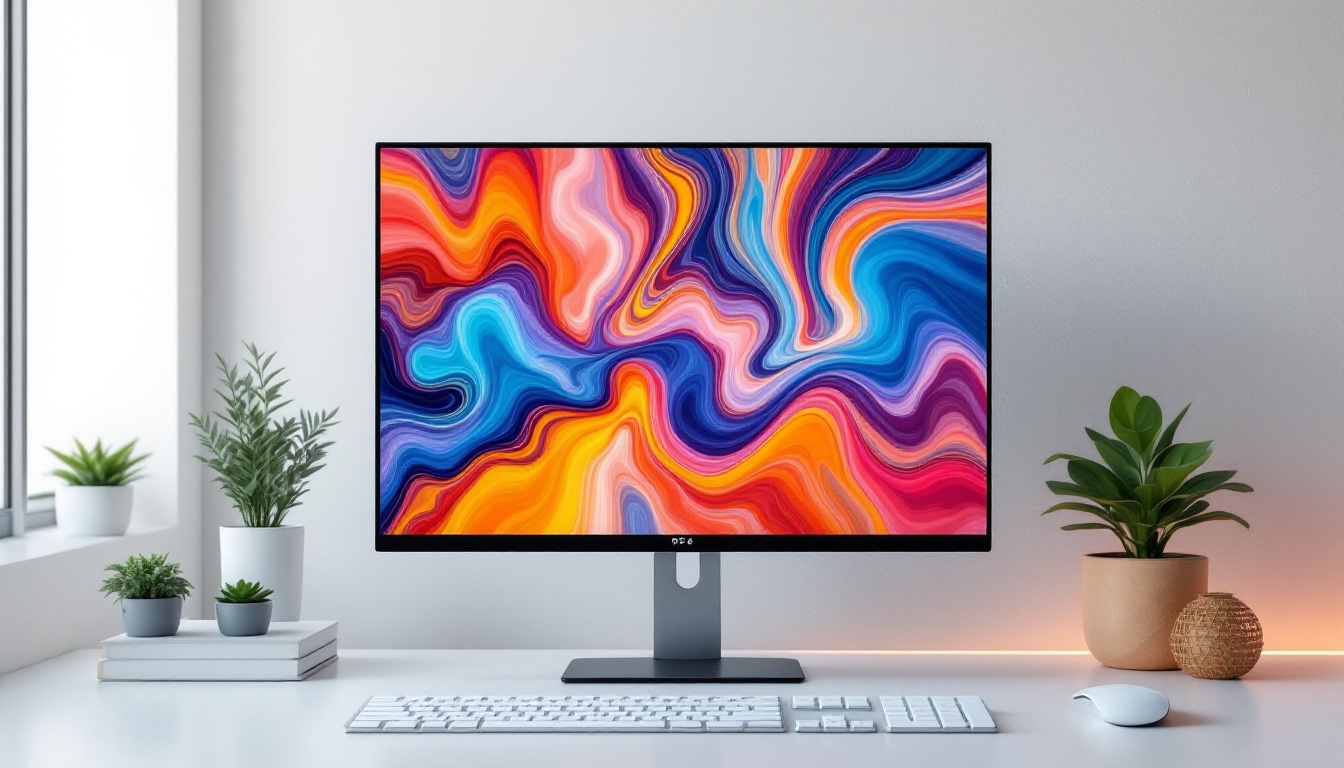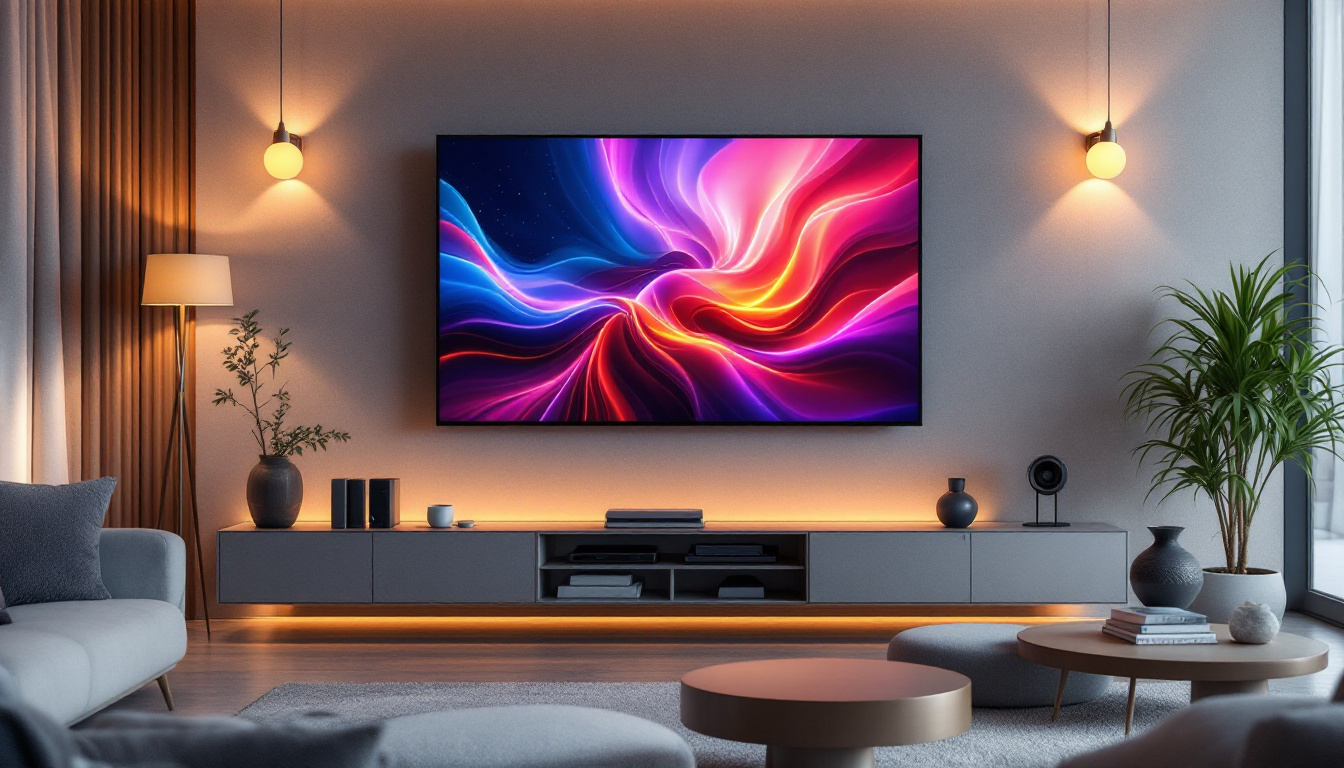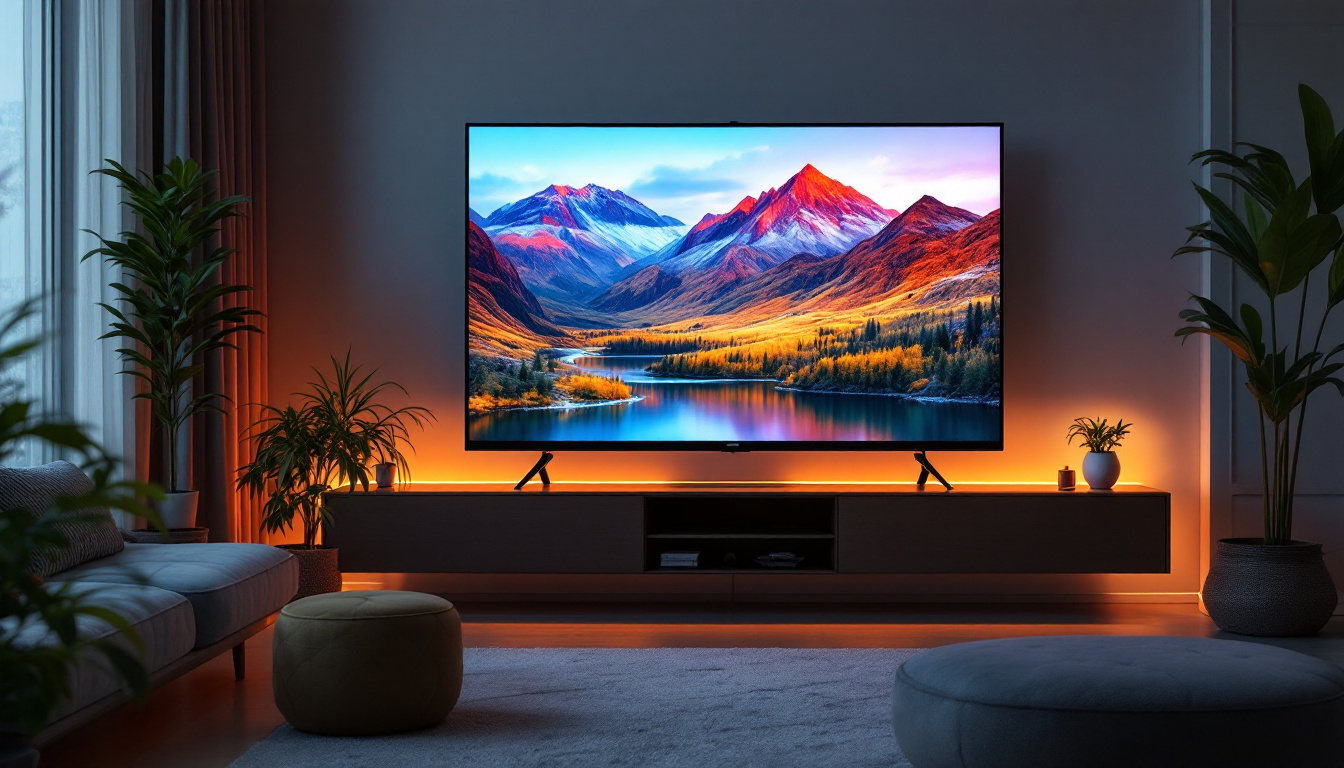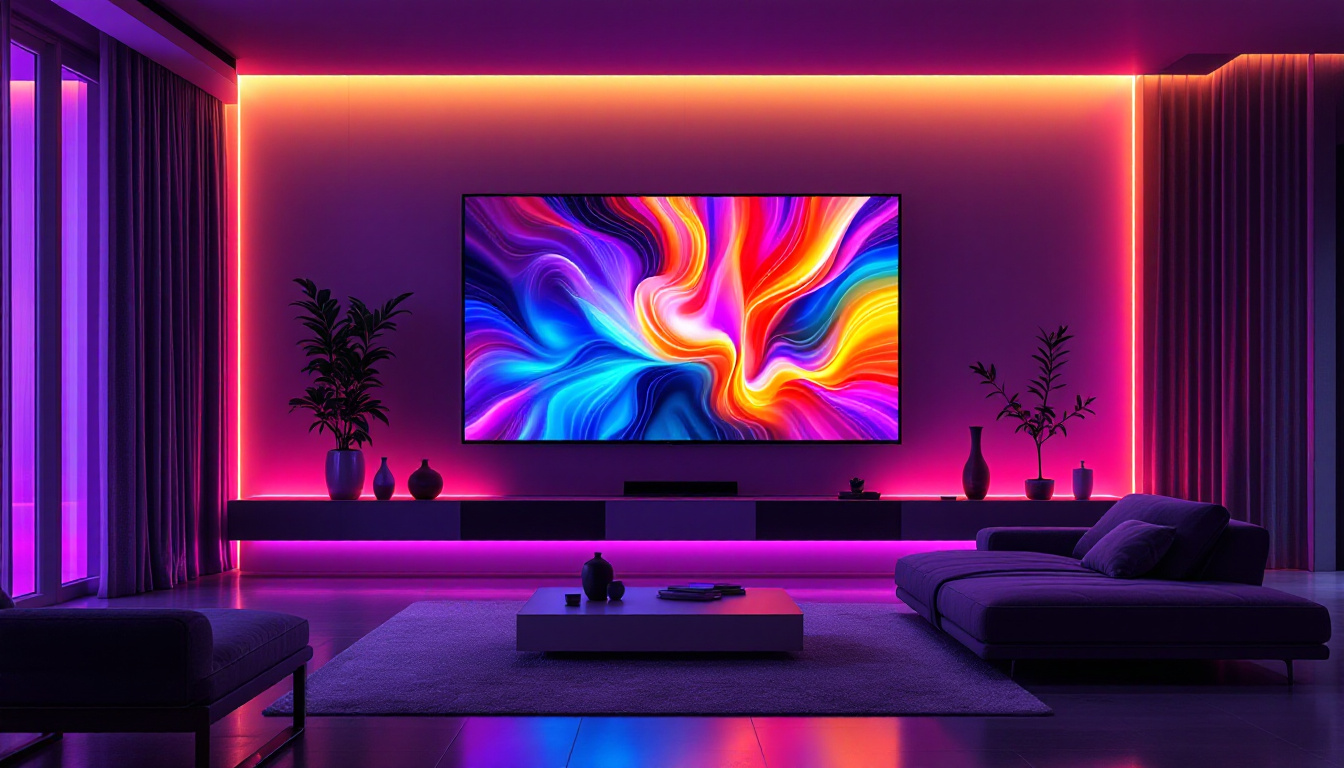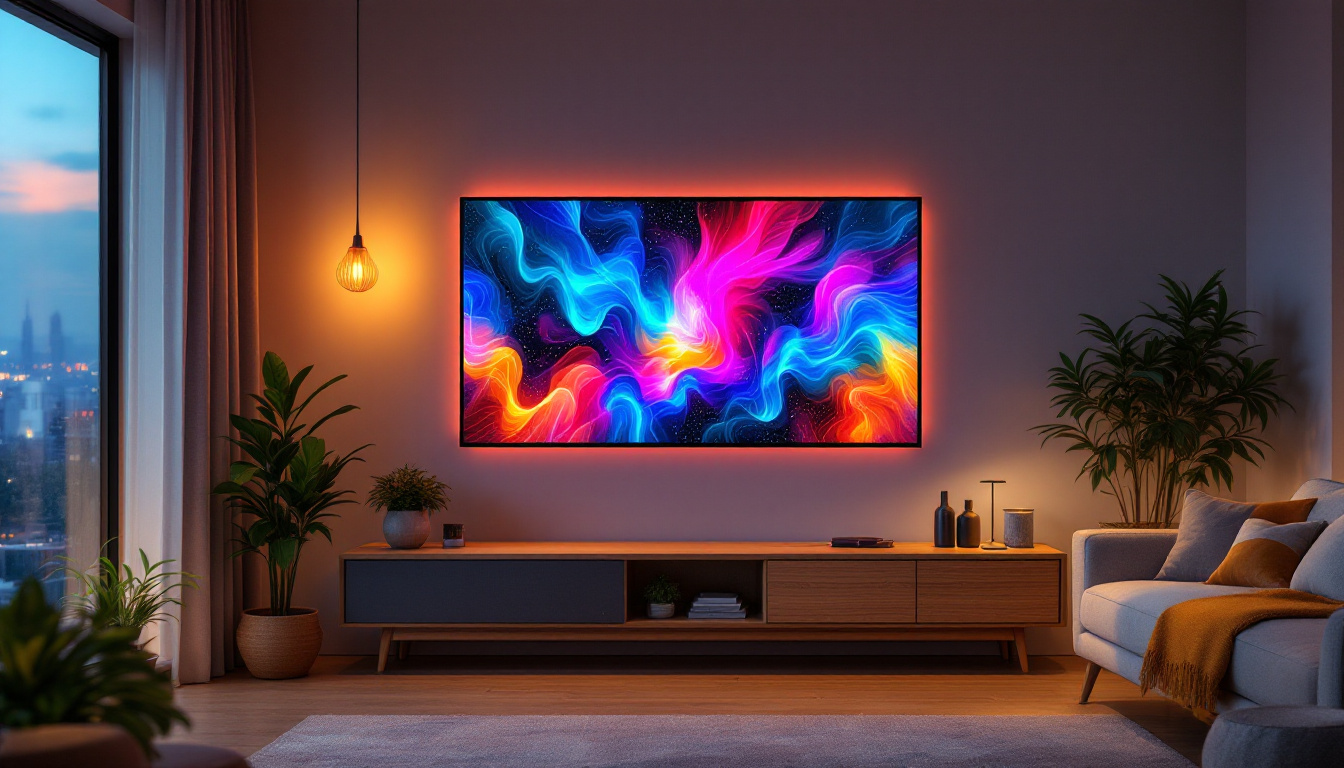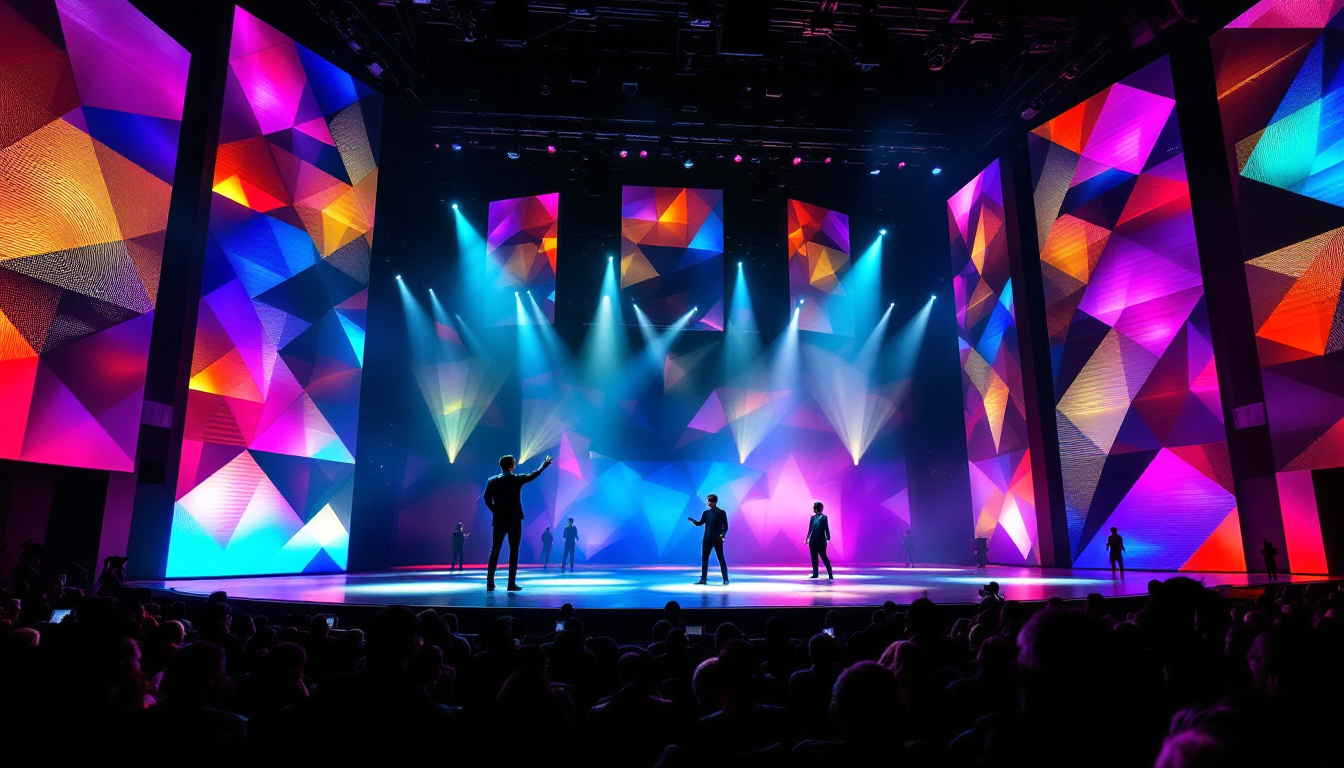In the world of technology, the demand for efficient and space-saving solutions is ever-growing. One such solution that has gained popularity is the rack mount monitor. These monitors are designed to fit into standard server racks, providing a convenient way to manage and monitor various systems without taking up valuable desk space. This article will delve into the intricacies of rack mount monitors, focusing on LED displays, their advantages, applications, and considerations for selection.
Understanding Rack Mount Monitors
Rack mount monitors are specialized displays that are designed to be integrated into server racks. They are often used in data centers, control rooms, and broadcasting environments. These monitors come in various sizes, typically ranging from 1U to 4U in height, allowing them to fit seamlessly into standard 19-inch racks.
Key Features
One of the defining characteristics of rack mount monitors is their robust design. They are built to endure the rigors of continuous operation, often featuring durable casings and high-quality components. Additionally, many models include features such as:
- High Resolution: Most rack mount monitors offer high-definition resolutions, ensuring that images and text are clear and easy to read.
- Multiple Input Options: These monitors typically support various input formats, including HDMI, VGA, and DisplayPort, making them versatile for different applications.
- Integrated KVM Switches: Some models come equipped with KVM (Keyboard, Video, Mouse) switches, allowing users to control multiple servers from a single monitor setup.
Benefits of Using Rack Mount Monitors
The integration of rack mount monitors into operational environments brings several advantages. First and foremost, they save space. By utilizing vertical rack space, organizations can maximize their operational footprint without sacrificing functionality.
Moreover, rack mount monitors often enhance accessibility. With a dedicated display for monitoring systems, technicians can quickly diagnose issues without needing to connect a separate monitor to each device. This efficiency can lead to faster response times and improved overall productivity.
In addition to these practical benefits, rack mount monitors also contribute to a more organized workspace. By consolidating multiple displays into a single rack unit, they help reduce cable clutter and streamline the overall setup. This organization not only improves aesthetics but also simplifies maintenance and troubleshooting, as everything is neatly contained within the rack. Furthermore, many modern rack mount monitors are designed with energy efficiency in mind, often incorporating LED backlighting and low-power components that can significantly reduce energy consumption over time.
Another noteworthy aspect of rack mount monitors is their adaptability to various environments. They are available with different brightness levels and contrast ratios, making them suitable for both dimly lit control rooms and brightly lit broadcast studios. Some models even offer touchscreen capabilities, providing an intuitive interface for users to interact with their systems directly. This flexibility ensures that organizations can select a monitor that best fits their specific operational needs, enhancing both user experience and system performance.
LED Technology in Rack Mount Monitors
LED (Light Emitting Diode) technology has revolutionized the way displays are manufactured and utilized. In the context of rack mount monitors, LED displays offer several distinct advantages over traditional LCD screens.
Advantages of LED Displays
LED displays are known for their superior brightness and color accuracy. This is particularly important in environments where ambient light can affect visibility. The high luminosity of LED screens ensures that content remains visible, regardless of surrounding lighting conditions.
Additionally, LED technology is more energy-efficient compared to older display technologies. This not only reduces operational costs but also contributes to a smaller carbon footprint, aligning with the growing emphasis on sustainability in technology. The reduced energy consumption of LED displays is especially beneficial in large data centers or control rooms, where multiple monitors are often in use simultaneously, leading to significant savings on electricity bills.
Longevity and Durability
Another significant advantage of LED displays is their longevity. LED screens typically have a longer lifespan than traditional monitors, often exceeding 50,000 hours of usage. This durability means less frequent replacements, which can lead to cost savings over time. In addition, many manufacturers offer warranties that reflect the reliability of their LED products, further assuring users of their investment.
Furthermore, LED displays are less susceptible to damage from shocks and vibrations, making them suitable for environments where equipment may be subject to movement or jostling. This resilience is particularly advantageous in mobile applications, such as broadcasting or live event production, where monitors may be transported frequently. The robust nature of LED technology ensures that these displays can withstand the rigors of travel without compromising performance or image quality, thus providing peace of mind for professionals who rely on their equipment in demanding settings.
Applications of Rack Mount Monitors
Rack mount monitors are utilized in a variety of settings, each with unique requirements and challenges. Understanding these applications can help organizations determine the best use cases for their rack mount displays.
Data Centers
In data centers, rack mount monitors play a crucial role in monitoring server performance and system health. They allow IT professionals to keep an eye on multiple servers simultaneously, facilitating quick troubleshooting and maintenance.
Moreover, the integration of KVM switches in some rack mount monitors enables seamless management of multiple servers from a single interface, significantly improving operational efficiency.
Broadcasting and Control Rooms
In broadcasting environments, rack mount monitors are essential for monitoring video feeds and ensuring quality control. The high-resolution capabilities of LED displays allow technicians to accurately assess video quality, making real-time adjustments as necessary.
Control rooms, whether for security, transportation, or utilities, also benefit from rack mount monitors. The ability to display multiple feeds and data points simultaneously aids in situational awareness and decision-making.
Choosing the Right Rack Mount Monitor
Selecting the appropriate rack mount monitor requires careful consideration of various factors. Each application may have specific needs that must be addressed to ensure optimal performance.
Size and Resolution
The size of the monitor is one of the first considerations. Rack mount monitors typically range from 17 inches to 24 inches in screen size. The right size will depend on the available rack space and the distance from which the monitor will be viewed.
Resolution is equally important. For most applications, a minimum resolution of 1920×1080 (Full HD) is recommended. However, for tasks requiring detailed visual analysis, such as video editing or graphic design, higher resolutions may be necessary.
Connectivity Options
Connectivity is another critical aspect to consider. Ensure that the monitor supports the input formats required by the systems it will be connected to. HDMI, DisplayPort, and VGA are common standards, but some environments may require specialized connections.
In addition, consider whether the monitor includes built-in KVM functionality, which can significantly streamline operations in environments managing multiple servers.
Installation and Maintenance
Proper installation and maintenance of rack mount monitors are vital for ensuring their longevity and performance. Understanding the installation process and routine maintenance tasks can help organizations maximize their investment.
Installation Guidelines
When installing a rack mount monitor, it is essential to follow the manufacturer’s guidelines. Typically, these monitors are mounted using standard rack screws, ensuring a secure fit within the rack. Care should be taken to ensure that there is adequate space for ventilation, as overheating can lead to performance issues.
Additionally, it is advisable to organize cables neatly to avoid tangling and potential damage. Using cable management solutions can help maintain a clean and efficient workspace.
Routine Maintenance
Routine maintenance is crucial for keeping rack mount monitors in optimal condition. Regularly cleaning the screen and casing can prevent dust buildup, which can affect display quality and cooling efficiency.
It is also important to check the connections periodically to ensure that they remain secure. Any signs of wear or damage should be addressed promptly to avoid more significant issues down the line.
Future Trends in Rack Mount Monitors
The technology landscape is constantly evolving, and rack mount monitors are no exception. Several trends are emerging that may shape the future of these displays.
Increased Integration with IoT
As the Internet of Things (IoT) continues to expand, rack mount monitors are likely to see increased integration with IoT devices. This could enable real-time data visualization and monitoring, providing users with immediate insights into system performance.
Such integration could enhance decision-making processes, allowing for proactive management of systems and resources.
Advancements in Display Technology
Advancements in display technology, including OLED and MicroLED, may also influence the design and functionality of rack mount monitors. These technologies offer improved color accuracy, contrast ratios, and energy efficiency, which could further enhance the user experience.
As these technologies become more accessible, they may lead to the development of even more sophisticated rack mount monitors tailored to specific industry needs.
Conclusion
Rack mount monitors with LED displays are an invaluable asset in various operational environments, from data centers to broadcasting studios. Their space-saving design, combined with the advantages of LED technology, makes them an ideal choice for organizations looking to optimize their monitoring capabilities.
When selecting a rack mount monitor, it is essential to consider factors such as size, resolution, connectivity, and the specific needs of the application. Proper installation and maintenance will further enhance the longevity and performance of these monitors, ensuring they continue to serve their purpose effectively.
As technology continues to evolve, the future of rack mount monitors looks promising, with advancements in integration and display technology set to redefine how organizations manage their systems. Investing in the right rack mount monitor today can pave the way for more efficient and effective operations in the years to come.
Discover LumenMatrix’s Advanced LED Display Solutions
Ready to elevate your operational environment with the latest in LED display technology? LumenMatrix is at the forefront of innovation, offering a comprehensive range of LED display solutions tailored to meet your specific needs. From immersive Indoor LED Walls to dynamic Outdoor LED Displays, and from versatile Vehicle LED Displays to engaging LED Sports Displays, our products are designed to captivate your audience and amplify your message. Experience the future of visual communication with LumenMatrix and transform your space into a hub of engagement and clarity. Check out LumenMatrix LED Display Solutions today and take the first step towards redefining your digital signage capabilities.





